Two climate-conscious brothers from Aberdeenshire have said goodbye to two boats they built which are now heading off on a journey to the Antarctic to measure the impacts of climate change.
Ollie and Harry Ferguson from Turriff have spent the last year building two wooden boats which are now beginning a 20,000 mile adventure around the South Pole.
The idea behind the project is to conduct a citizen science experiment on a big scale.
The boats will be measuring air and sea temperatures as well as water pH levels – three key indicators of climate change.
Where did the idea come from?
Ollie, 12, and Harry, 10, aren’t your typical young boys. They are proficient in fossil hunting, outdoor cooking, birdwatching, bush crafts and even driving (under supervision, of course).
They’ve set themselves lots of challenges over the years, including launching a toy boat fitted with a tracking device off the coast of Peterhead which then travelled 3,773 miles to Mauritania and can now be seen in the Guinness World Records book, under “world’s most travelled toy ship”.
As time has gone on however, the boys have become more aware of the climate crisis and wanted to do something to help.
This is where Project Erebus comes in.
Taking inspiration from the 1839 Ross Expedition – the last scientific polar expedition ever undertaken by sail – Ollie and Harry set out to create scaled replicas of the polar boats HMS Erebus and HMS Terror to drift through the Antarctic Ocean and measure what was happening there.
It’s hoped the small unmanned ships will follow the circumpolar current around the coastline of Antarctica.
This is a journey of more than 20,000 km and the boats will be taking photos and gathering climate change data along the way.
“Climate change is really starting to impact earth rapidly and there is not a lot of time to fix it,” said Ollie.
“We don’t have time to waste if we want to have an impact so we wanted to do something quite big that would be useful.”
The build
Together the boys spent one year building the two one-metre boats as exact scaled-down replicas of the original wooden ships.
“As the boys have gotten older they’ve become a lot more aware about the negative impact plastic can have on the environment,” said Mac Ferguson, the boys’ dad.
“They didn’t want to add any sort of plastic to the ocean in any way, so the boats are built out of elm as the original ships were.”
The masts and rigging were also faithfully recreated from the 1939 admiralty drawings, though they were removed just prior to launch as it was unlikely they would survive for long in violent seas.
After months of designing, building, testing and sea trials, in lat July the boats were ready, each weighing a total of 25kg.
The climate change-tracking technology on board
A technology company based in Bath was responsible for creating the bespoke satellite tracking system which will show where the boats are at all times on their journey.
As well as the location of each boat, the trackers will also monitor air and sea temperature as well as the pH level of the water, all markers for climate change.
When the boats launch – which will be in the coming days just off the coast of South Georgia – members of the public will be able to follow the journeys of Terror and Erebus on a map here and click on the waypoints to see images and sensor data.
“We will get ping alerts 10 times a day from the boats and a photo once a month,” said Harry.
“The ships could get stuck in pack ice and probably will get separated, so it will be interesting to see what happens.”
The challenge of getting the boats 8,000 miles south to begin their journey has been handled by Cameron Anderson at Subsea Tooling Services, who has helped the young brothers by building the crates and footing the courier bill.
It’s unlikely that the boats will ever be seen by the boys again, though the plan is to have them collected out of the ocean once the two-year adventure is over.
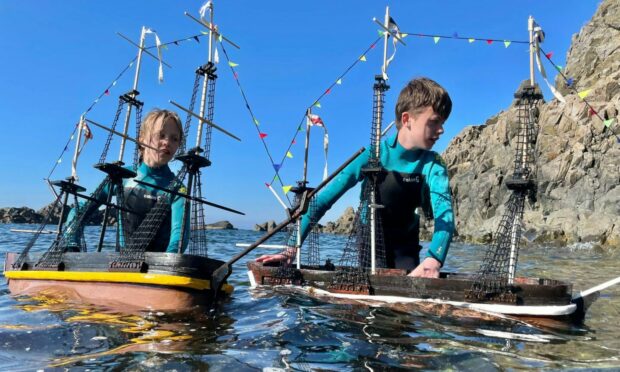
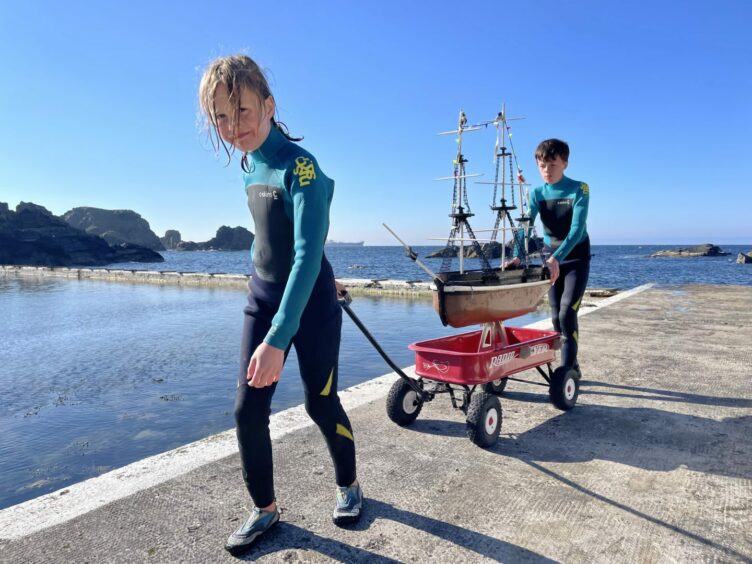
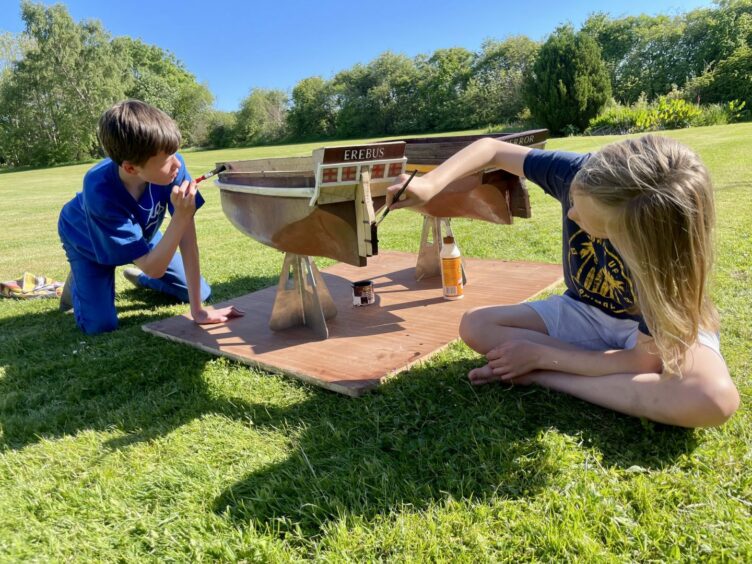
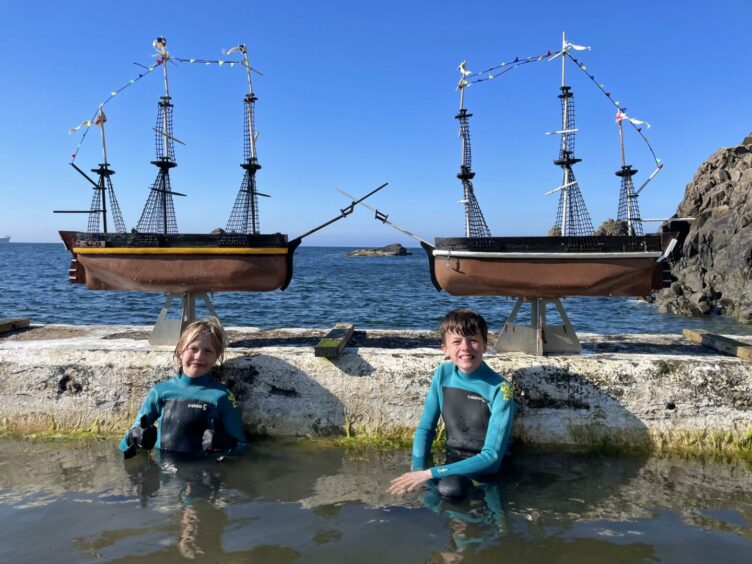
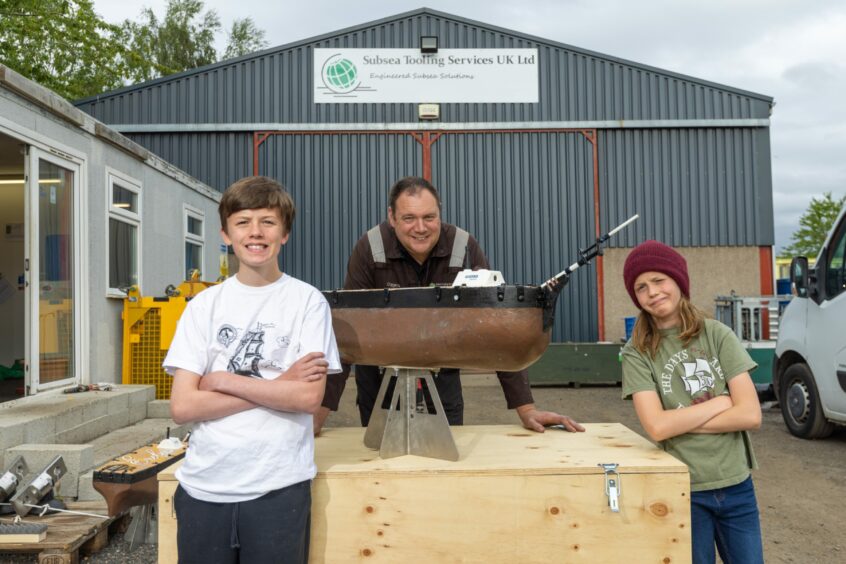
Conversation